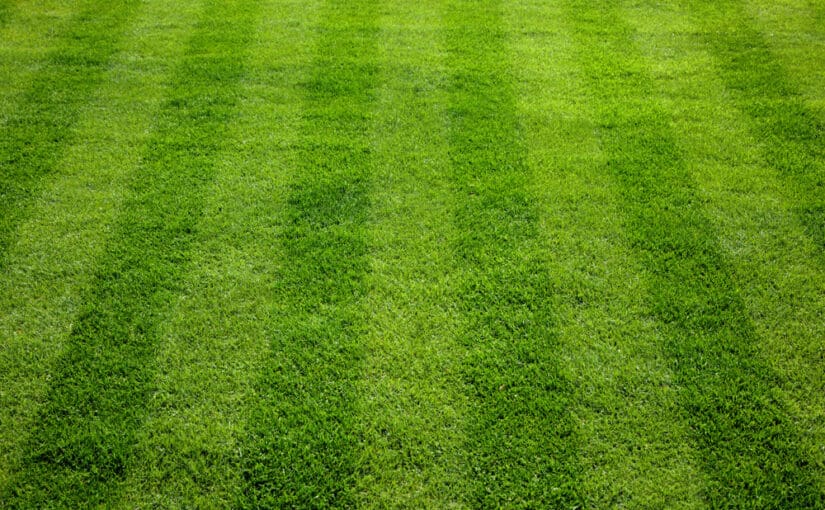A tapestry lawn is a type of lawn that is made up of different species of grass that are finely blended together. The grasses are selected for their color, texture, and growth habit in order to create a lawn that is both beautiful and functional.
While tapestry lawns have been around for centuries, they have gained popularity in recent years as more and more homeowners are looking for ways to create low-maintenance gardens.
Keep reading to learn everything you need to know about tapestry lawns, including how to care for them and what types of grasses are best suited for this type of lawn.
The Benefits of a Tapestry Lawn
There are many benefits that come with having a tapestry lawn. One of the most significant advantages is that these lawns are much more resistant to wear and tear than traditional monoculture turfgrass lawns. This is because the different types of grasses that make up a tapestry lawn have different root systems, which help to hold the soil in place.
Additionally, the different growth habits of the various grasses help to fill in any gaps that might occur from foot traffic or pets. As a result, tapestry lawns require less watering, fertilizing, and mowing than traditional turfgrass lawns.
Another benefit of tapestry lawns is that they are much more aesthetically pleasing than traditional turfgrass lawns. This is because the different types of grasses add interest and variety to the garden. The different colors, textures, and growth habits of the grasses can create a beautiful garden that will be the envy of your neighbors.
Types of Grasses for Tapestry Lawns
There are many different types of grasses that can be used in a tapestry lawn. Some common types include Kentucky bluegrass (Poa pratensis), fine fescue (Festuca spp.), Carex spp., and Lippia spp.

When selecting grasses for your tapestry lawn, it is important to choose varieties that are well-suited to your climate and soil type. Additionally, you will want to choose grasses with different growth habits so that the garden has both upright and trailing plants. This will help to create a more interesting design.
Caring for Your Tapestry Lawn
Caring for your tapestry lawn is similar to caring for any other type of garden. However, there are a few things that you will need to keep in mind.
First, it is important to water your garden regularly so that the different types of grasses have enough moisture.
Additionally, you will need to fertilize your garden every few weeks with a balanced fertilizer so that the different types of grasses have enough nutrients.
Finally, you will need to mow your garden regularly so that the different types of grasses do not get too out of control.
If you follow these simple tips, you will be able to maintain a healthy and beautiful tapestry lawn that will be the envy of your neighborhood.
